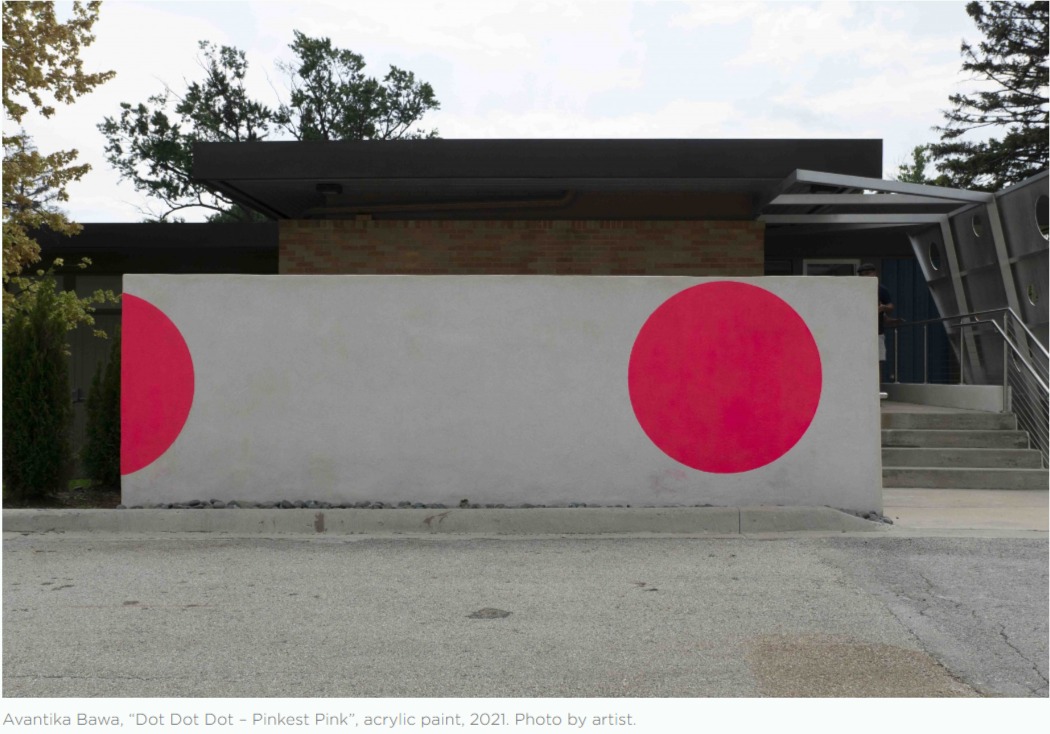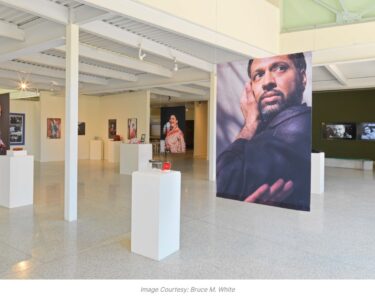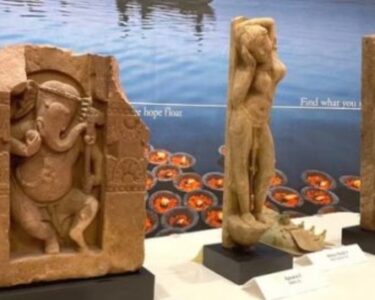One of the factors that makes the social media platform Tiktok stand out from many others is the opportunity to present very nuanced aspects of culture. While it continues to be banned in India, people have found work-arounds to present authentic content. From fusion dances, to inside cultural jokes about brown parents, the playing field has opened up. There has always been a lot of formal and informal discourse within the South Asian community, especially among those living abroad, on how much of their desiness they want to embrace and how much they would rather do away with. In the 90s, books like Namesake by Jhumpa Lahiri and films like Bend it Like Beckham presented the dual realities of being an Indian abroad. Over time, and with a lot of video content on social media platforms to document this shift, an increasing number of people are able to choose how much or how little they want to adapt.
It usually varies from region to region, ancestral heritage, and how long their family has lived in America. However, when it comes to art, a diaspora tag comes with its weight, influence, baggage, and impact. It calls for a deep self-assessment and navigating the value this association brings or takes away. In a socio-political time when conversations are full of debate around identity politics and reform, it might come as a surprise that many South Asians in America want to distance themselves from the label of diaspora.
So rather than foreground the identity of artists, curator, and Chair of the Printmedia Department at the School of the Art Institute of Chicago, Shaurya Kumar invites artists to engage in a conversation around what it means to be a contemporary Indian artist for E/Merge at the National Indo-American Art Museum in Lombard, IL.
E/Merge brings together nine artists who work in mediums ranging from sculpture, sound, installation, painting, textiles, and print. While the current programming at NIAM changes frequently, the works are part of a longer exhibition that will be up until early next year. The following is a result of conversations with the curator Shaurya Kumar and artists Kushala Vora, Neha Vedpathak, Sarika Goulatia, and Avantika Bawa– four of the nine artists whose works are currently on view at NIAM.
Manisha Anil Rita: Can you walk me through your vision for the exhibition?
Shaurya Kumar: This exhibition came at a moment where nationalistic dialogue is taking place in both the USA and India. But also at a time when demonstrations such as Black Lives Matter and Stop Asian Hate are also taking place. I hope the show also encourages reflection on what being a diaspora artist means. I hope that it is educational, inclusive and showcases the diversity that exists within a diaspora community. The exhibition has a variety of media, different narratives, and brings together different histories.
MAR: How did you go about finding artists for this show? It’s a pretty extensive list with artists spread across mediums and geographical regions of the country.
SK: It’s not as large and as inclusive as I hoped it would be, but it’s also a result of everybody knowing everybody. I tried to be conscious of not including the same names we often see when people think about Indian-American artists or those who identify as South Asian diaspora artists. Instead, I wanted artists who have purposely kept themselves away from the tag or sit on the fringes. It took some time to convince a few of them to be a part of this exhibition and assure them that they would be celebrated for their work and not only for how they identify. I want to mention that identifying as a diaspora artist is a means to an end but it’s not the end itself.
NV: All the works at the show were created independently and not specifically for the show. They were all made during the pandemic, some in 2020 and others in the first half of 2021. Time tends to play a big role in my work– literally and metaphysically. Even though it felt like time had stood still during the pandemic, for me it felt like it was going faster than ever. I find keeping track of time through my art meditative. I would say it lies somewhere between meditation and obsessions.






